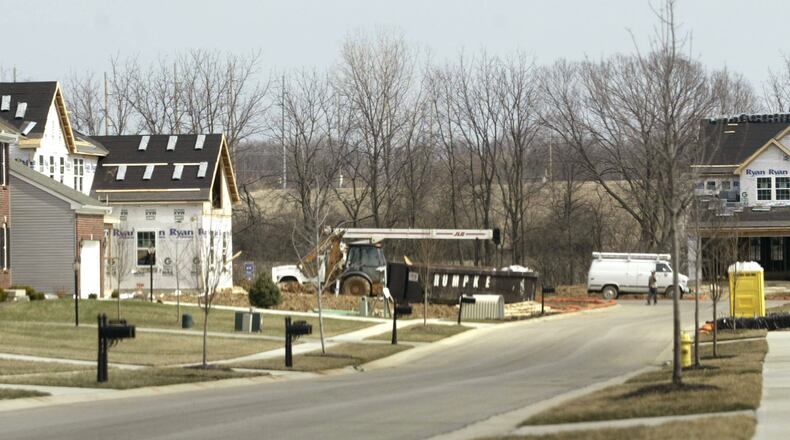The total number of permits for the year to date is 556 versus 683 in 2017 and 512 in 2016, according to numbers from the Home Builders Association of Dayton.
MORE: Downtown Arcade development recommended for $500,000
The numbers in February were down as well compared to February 2017, also according to association data. The 184 building permits filed in February this year were down just over 30 percent compared to the 264 units in the same month in 2017.
Dayton home builder and developer Charles Simms agrees that last winter was a relatively cold one, and that’s one reason for the drop in permits so far this year.
But the bigger picture is that development is more expensive, he said.
“Development costs are gone up, and you’re seeing less developed lots on the market,” Simms said.
And even more than a decade after the Great Recession, lenders can be wary of getting involved in real estate, to some degree.
Dayton home permits down so far for the year: https://t.co/VdeImdNINd pic.twitter.com/Ii8ZMr3xWD
— WHIO-TV (@whiotv) May 14, 2018
“Lenders have still not come back from the crash, from the Great Recession,” he said.
“You’re seeing fewer new communities, which means fewer lots, which means fewer houses being built,” Simms added.
The demand is there, he said.
“There’s no question that there’s a shortage of housing, new construction, and there’s a demand for new construction,” Simms said.
This is a national problem, with the possible exception of cities that are seeing new jobs -- and new population -- pouring in, he said.
“If Dayton is not seeing either of those two things (jobs and population) , you are not going to see new homes being built,” Simms said.
There's a strong need for greater inventory, yet #Dayton home permits are down so far for the year https://t.co/snM2Rz3ePI
— Thomas Gnau (@ThomasGnau) May 14, 2018
One route around the problem is “in-fill” development -- building new homes in areas where crucial infrastructure is already in place, such as established urban areas.
“As opposed to sprawling out, (building) major roads out in the country,” Simms said.
Long-term, cities may see more in-fill in areas where infrastructure is already in place, he also said.
About the Author

